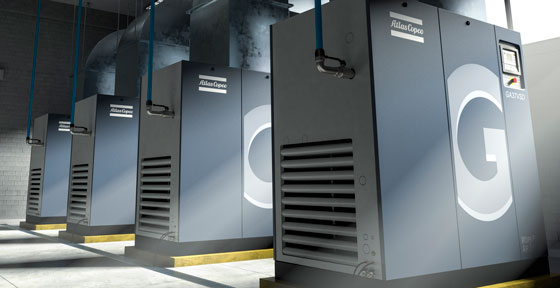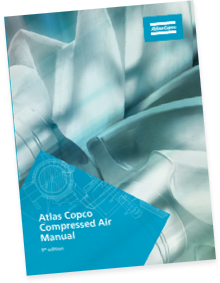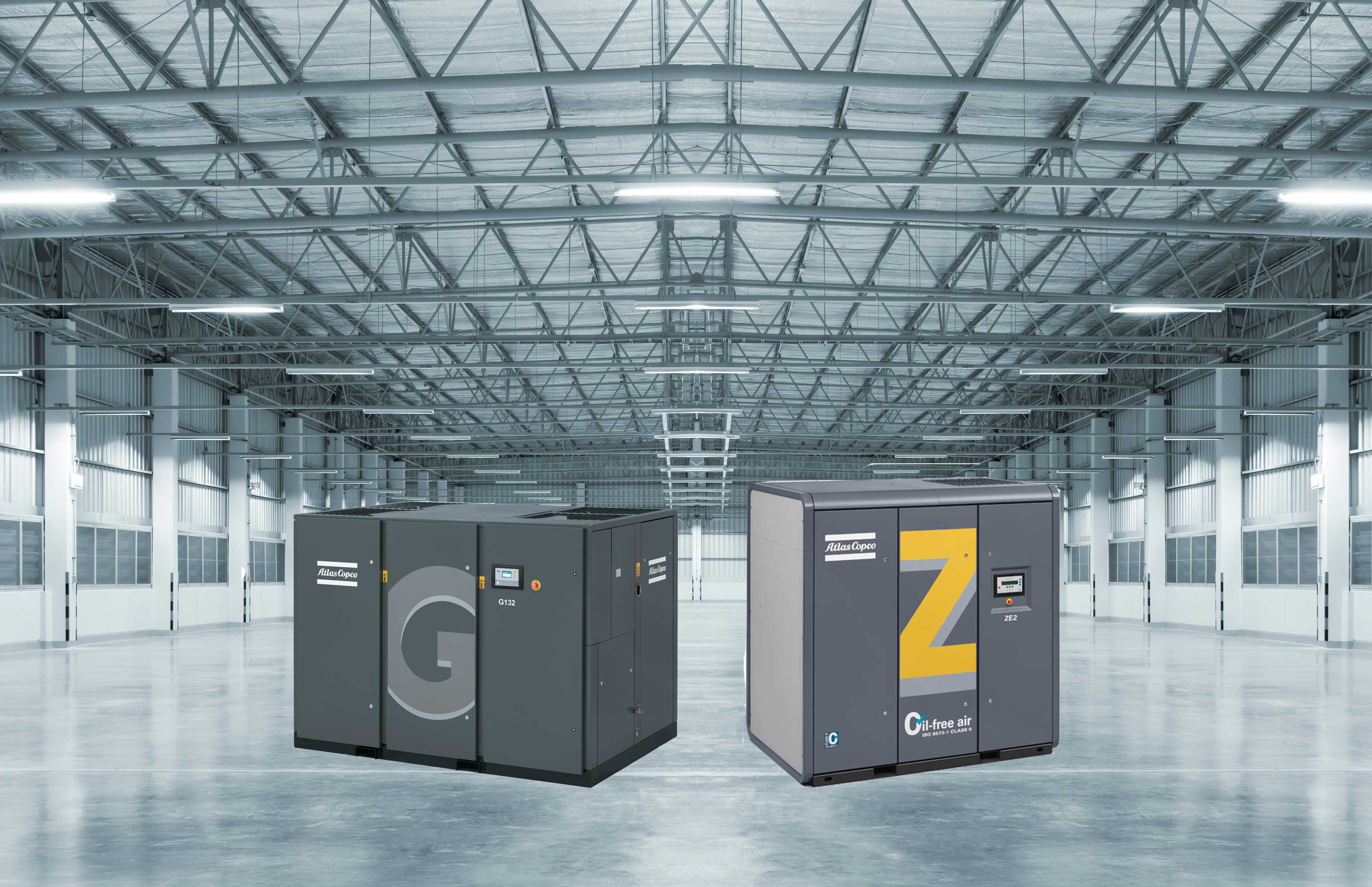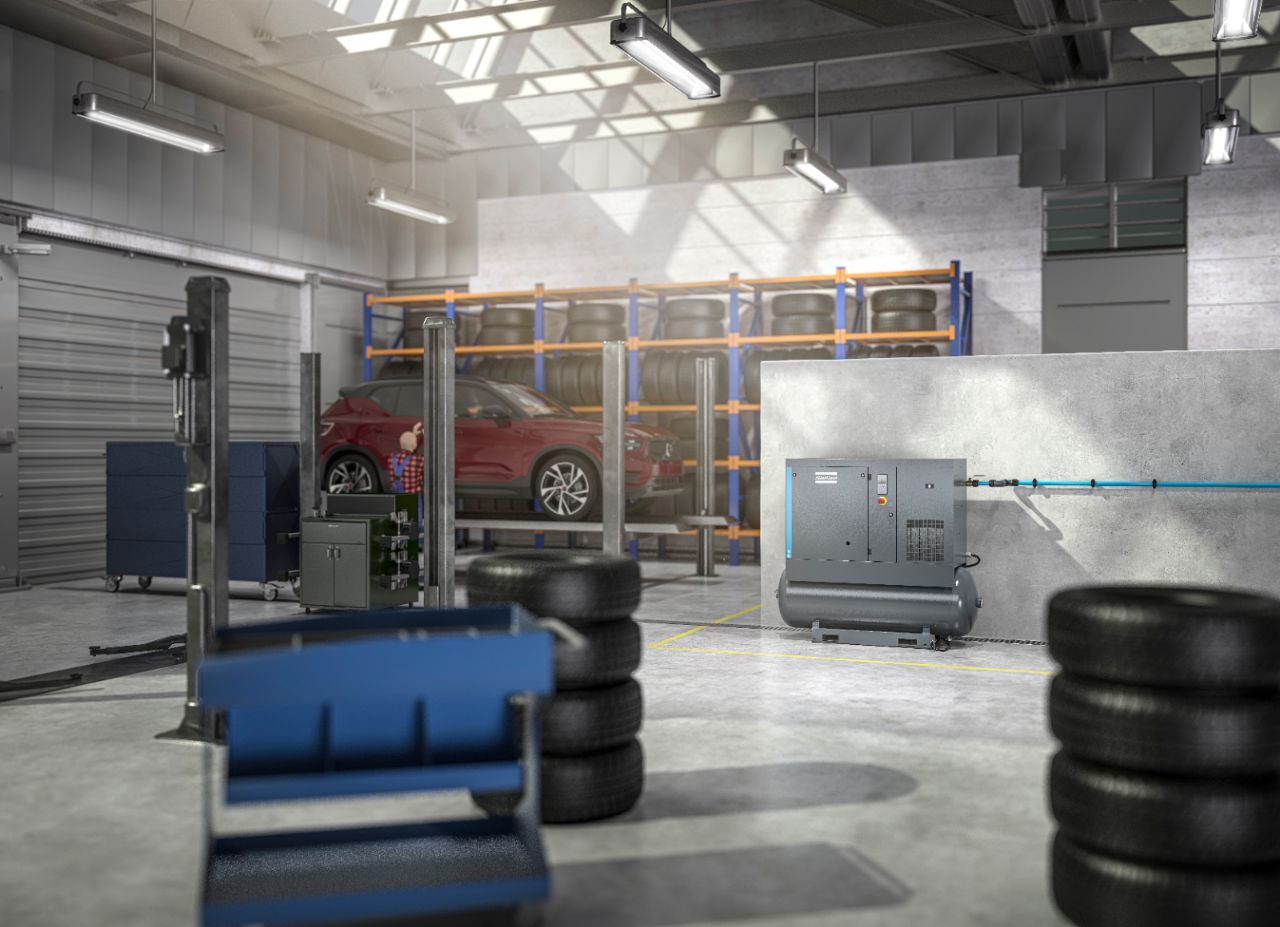Advances in technology have changed virtually every aspect of modern life. Yet, the technology that the railroad industry typically uses to power possibly the most critical system on board locomotives—the air brakes—has remained virtually unchanged for nearly a century. The most common explanations for why the technology has remained unchanged?
“It works.”
“It’s proven technology.”
“I don’t like change.”
If all aspects of the railroad industry ascribed to these arguments, locomotives would still be steam driven. While steam technology still works, there has been too much advancement in motive power for the industry to ignore. And though the same can be said for compressor technology, the less efficient, direct driven, reciprocating compressor remains the prevailing technology in locomotive air brake systems today.
The Alternative: Rotary Screw Technology
Based on Archimedes’ screw principle developed in Ancient Greece, rotary screw air compressors have become the most widely used air compressor type for standard industrial applications for a number of reasons, including its simple operating design. Designed for the unique requirements of the railroad industry, from extreme weather fluctuations to easy access for maintenance, rotary screw technology is more efficient and reliable than reciprocating compressor technology.
How Rotary Screw Technology Works
Two mated helical shaped screws spin at a high speed; the two screws do not make contact with each other, but rely on oil injection to seal, lubricate and cool the screw element. As the screws turn, air is ingested into the compression chamber through an air inlet filter.
The screw element compresses the air by reducing the free space between each blade. The compressed air and oil travels into a chamber known as the oil separator where the oil is separated from the compressed air using centrifugal action. The compressed air then travels through an aftercooler where the air is cooled before it is delivered to the locomotive brake system.
Advantages of Rotary Screw Technology over Reciprocating Compressors
- Shockless, non-wearing compression technology
- Hundreds of fewer wearing parts to maintain or replace
- Simplified maintenance procedures
- Extremely low oil-carryover (as little as 3 ppm)
- Less overall oil consumption
- Proven reliability in harsh environments
- Smaller physical footprint, typically by 50 percent
- No “unbalanced” forces, less vibration transfer
- Lower noise outputs to meet OSHA requirements
- Less heat generation
- Significant reduction in weight, typically by 50 percent
- Zero reduction in capacity over time
With a dedicated Railway Competency Center and state-of-the-art production facility that focuses solely on railway products, Atlas Copco is a trusted partner to the railway industry; learn more about Atlas Copco air compressors for railway applications.





